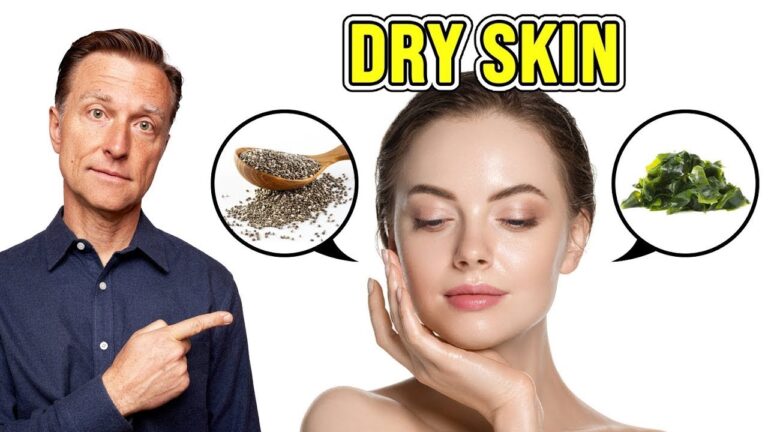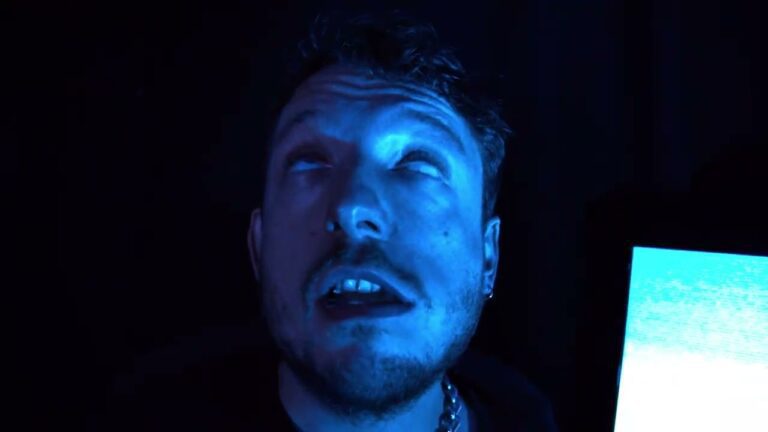Say Goodbye to Skin Cystic Acne: Effective Treatment Options
Are you tired of dealing with stubborn cystic acne? Cystic acne is a severe form of acne that occurs when oil combines with dead skin cells and clogs up hair follicles. This can lead to painful, red bumps that can last for weeks or even months. In this article, we will explore some of the best treatment options for cystic acne to help you achieve clear, radiant skin.
1. Benzoyl Peroxide
Benzoyl peroxide is a powerful acne treatment that works by killing the bacteria that causes acne. It also helps to unclog pores and reduce inflammation. This treatment is available in different strengths, ranging from 2.5% to 10%. When starting out with benzoyl peroxide, it’s best to start with a low concentration and gradually increase the strength. This will help to prevent any irritation or dryness.
When using benzoyl peroxide, it’s essential to follow the instructions carefully. Apply a thin layer of the product to your face once or twice a day, depending on the strength. It’s best to use a gentle cleanser before applying the treatment and to moisturize afterward to prevent dryness. Keep in mind that benzoyl peroxide can bleach clothing, so be careful when applying it.
2. Salicylic Acid
Salicylic acid is another popular acne treatment that can be effective for cystic acne. It works by exfoliating the skin and unclogging pores. Salicylic acid is available in different strengths and can be found in many over-the-counter products, including cleansers, toners, and spot treatments.
When using salicylic acid, it’s important to start with a low concentration and gradually increase the strength. Apply it to clean skin once a day, and be sure to follow up with a moisturizer. If you experience any irritation or dryness, reduce the frequency of use or switch to a lower concentration.
3. Retinoids
Retinoids are a class of medications that are derived from vitamin A. They are used to treat a variety of skin conditions, including acne. Retinoids work by unclogging pores, exfoliating the skin, and reducing inflammation. They are available in both prescription and over-the-counter products.
When using retinoids, it’s important to start with a low concentration and gradually increase the strength. Apply the product to clean, dry skin once a day, and be sure to use a moisturizer afterward. Retinoids can cause dryness, irritation, and sun sensitivity, so it’s essential to use them as directed and to wear sunscreen when exposed to the sun.
4. Antibiotics
If your cystic acne is severe, you may need to take antibiotics to help clear it up. Antibiotics work by killing the bacteria that causes acne and reducing inflammation. They are available in both oral and topical forms, and they are typically prescribed for a short period of time.
When taking antibiotics, it’s essential to follow your doctor’s instructions carefully. Take the medication as directed and be sure to finish the entire course, even if your acne clears up before the medication is gone. Antibiotics can cause side effects, including nausea, diarrhea, and sun sensitivity, so it’s essential to use them as directed.
5. Lifestyle Changes
In addition to using acne treatments, there are several lifestyle changes you can make to help reduce the severity of your cystic acne. These include:
- Eating a healthy diet that is high in fruits and vegetables and low in processed foods
- Drinking plenty of water to keep your skin hydrated
- Avoiding touching your face to prevent the spread of bacteria
- Keeping your hair clean and off your face
- Getting plenty of rest and managing stress
By making these changes, you can help to reduce inflammation and promote healthy skin. Remember, consistency is key when it comes to treating cystic acne. Stick with your treatment plan, be patient, and don’t be afraid to reach out to a healthcare professional for guidance.
Contents
Most searched products:
Does Sephora Support Israel? Answering Your Questions
The Ultimate Guide to Azealic Acid: Benefits, Uses, and Side Effects
How Long Does Glycolic Acid Take to Show Results: Your Ultimate Guide
Discover the Benefits of The Ordinary Botox for Your Skin
The Ultimate Reviews of The Ordinary Peeling Solution
The Ultimate Guide to The Ordinary Colours Foundation: Reviews, Swatches, and Tips
The Perfect Order: When to Use Retinol and Niacinamide in Your Skincare Routine
Unlock Smooth and Supple Skin: Discover the Best Skincare Products for Skin Suppleness
Say Goodbye to B.O with Glycolic Acid Deodorant: The Secret to Long-Lasting Freshness
Exploring the Wonders of The Ordinary Oxford Street: A Complete Guide













